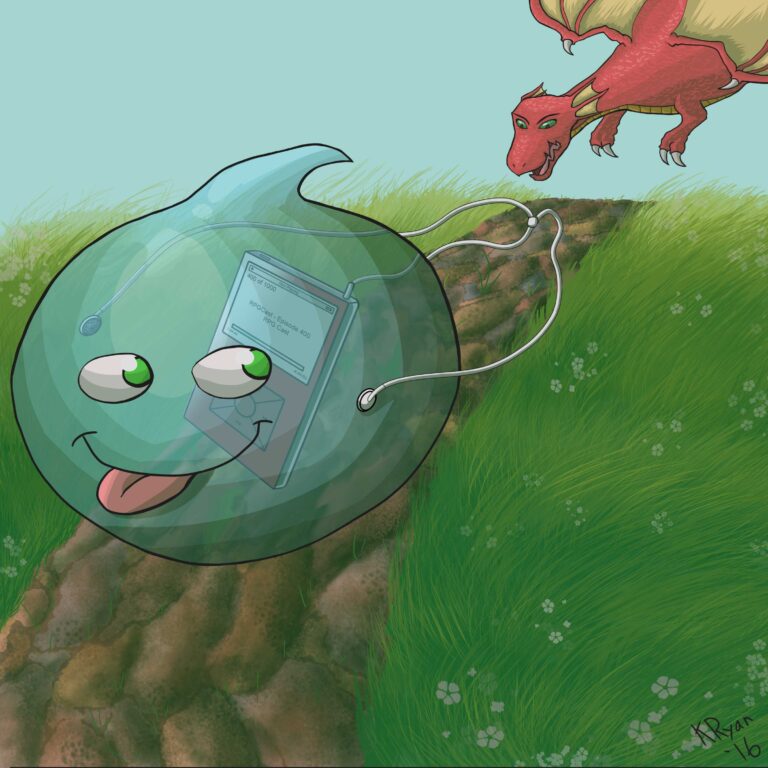Oxford University researchers recently surveyed nearly 50,000 employees about corporate-provided mindfulness seminars, online coaching and other wellness initiatives. The results? People who participated in these programs were no better off compared to those who didn’t. Meanwhile, employee burnout is a growing issue, with approximately two-thirds of workers reporting symptoms and businesses noticing consequent effects on productivity and talent retention. What can a forward-thinking leader do beyond subsidizing subscriptions to yet another meditation app?
Here, Ruth Goudie, president of PR agency 1Milk2Sugars, and Joe O’Connor, CEO of Work Time Reduction, weigh in on what wellness actually looks like in the modern workplace.

JOE O’CONNOR: Wellness benefits offered at work are somewhat akin to Nero fiddling while Rome goes up in flames. We have a major burnout epidemic in modern workplaces, and the solutions need to be systemic and structural, addressing root causes rather than ticking boxes. Mindfulness workshops and meditation apps are nice to have, but on their own—without fundamentals in place that ensure workers are competitively paid, well rested and engaged—they’re toothless.
RUTH GOUDIE: While we do offer free access to a meditation app at our agency, employees can see these types of wellness offerings as inauthentic if the core organizational structure is not conducive to mental well-being. What matters are good working conditions, feeling integrated with an organization’s wider values and being seen as a priority by the team. Ultimately, if your employees are overworked or otherwise not treated fairly, no wellness program is going to work.
Related: Feeling Stressed? Here’s How to Take a Mental Health Leave From Work
J.O.: We need to get past the idea of wellness as a fluffy, ancillary issue in corporations. Burnout is ultimately a productivity issue. And to prevent it, we need to focus on performance reviews, schedules, working hours, resource management and pay. I’m a major proponent of a four-day work week; extensive research shows that it increases productivity. It’s about the fundamentals, not what you layer on top.

R.G.: Our agency shifted to a four-day work week almost a year ago, and we have seen a dramatic improvement in staff retention. We’ve had employees say that the option to sign off on Fridays allows them to take care of errands, appointments and chores, and that way they can recharge on weekends. We also implemented a resource-allocation tool to make sure we’re managing people’s workload fairly. That’s the core of wellness—making sure the workload is manageable. It goes hand in hand with offering competitive wages and health benefits, of course.
J.O.: We live in a digital-first, always-on culture, and that can be mentally draining. If you don’t make structural changes so that people can actually switch off, it’s difficult to resolve stress and burnout with interventions like mindfulness. Reducing work hours should be paired with other elements of job redesign, such as streamlining processes with technology and removing interruptions from work so people aren’t constantly task-switching. Then you really improve people’s ability to manage their responsibilities, inside and outside of work.

R.G.: We have three generations on staff—Gen X, Millennials and Gen Z. Their needs, expectations and wellness goals can be extremely different. While all put a premium on solid medical benefits, more mature demographics tend to value pensions and access to financial-planning resources, while Gen Z and younger Millennials tend to prioritize mental-health benefits like telehealth access and yoga classes. It’s more important than ever to involve your employees in developing what your wellness program looks like. Get regular feedback. Or, if you’re a larger organization, create a task force with diverse representation. Just make sure you’re adequately supporting that task force—wellness shouldn’t become an unmanageable to-do on their list of responsibilities.
#Employers #Support #Mental #Wellness






















+ There are no comments
Add yours